Floriculture: how to grow geraniums in the garden and indoors
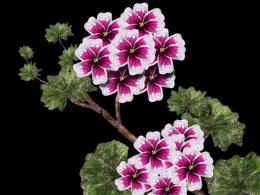
Geranium is a plant that has been grown in gardens and homes for more than three centuries.
To understand why it is so popular and how to grow geranium, it is worth familiarizing yourself with the history of the plant and its botanical characteristics.
The flower is quite popular among gardeners all over the world due to the fact that its cultivation has long been a territory developed by man, and therefore gardeners rarely have problems with this.
Content:
- Geranium flower: history and characteristics of the plant
- Propagation of geranium and benefits from it
Geranium flower: history and characteristics of the plant
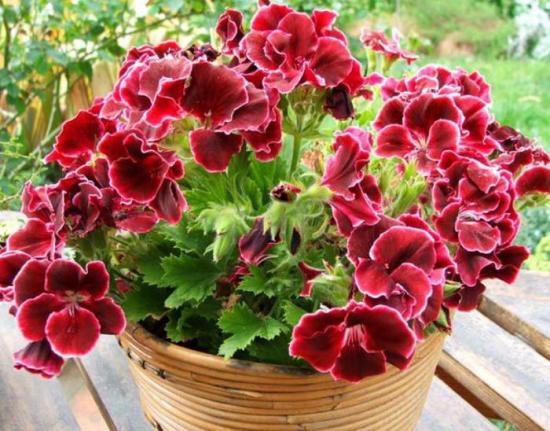
The appearance of geranium in Europe is closely connected with the development of navigation and trade. English and Dutch sailors, skirting the African continent, made a stop on the coast of the Cape of Good Hope.
Here they had the opportunity to replenish their supplies of water and food. Here they discovered several flowering plants, which in the 16th and 17th centuries were brought first to Holland and England, and then spread throughout Europe.
In 1738, the famous botanist J. Burman isolated the genus Pelargonium from the Geranium family. However, his colleague, Carl Linnaeus, did not separate geraniums and pelargoniums in his classification, therefore both genera, pelargonium and geranium, were called by the common name geranium in the scientific botanical world.
When neither J. Burman nor his friend and colleague Linnaeus were alive, the French botanist S.L. Léritier identified pelargonium as a separate genus from the geranium family. This happened in 1789.
It is quite simple to distinguish geranium from pelargonium; all five petals of geranium are the same size, whereas in pelargonium they are of different sizes, since the top two are much larger than all the others. Also, pelargoniums do not have blue flowers, and geraniums, whose second name is crane's flower, do not have red ones.
In addition, we can conditionally consider pelargonium mainly indoor flower, and geranium - for gardening, although just like pelargonium grows well in the summer in the garden, it can be grown as an annual crop, and geranium feels great in a pot at home in the cold season.
Considering the climatic conditions of most countries in Europe and Russia, with negative temperatures in winter and moderately warm summers, the following types of geraniums can grow in open ground:
tall geraniums, from 50 cm in height: red-brown, marsh, magnificent
low geraniums, less than 50 cm in height: large-rhizome, Himalayan, Dalmatian.
Considering that there are geraniums that require both sunlight and shade-tolerant species, you can grow geranium in almost any garden plot.
Propagation of geranium and benefits from it
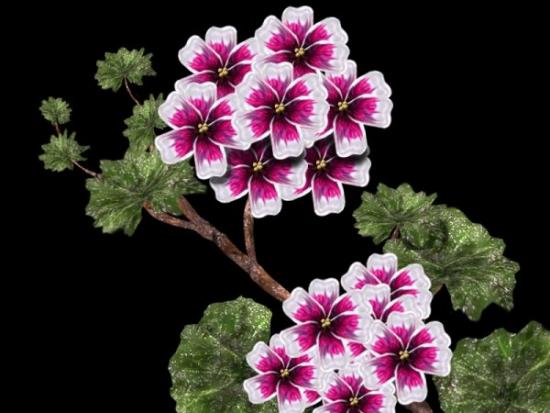
All representatives of the Geraniaceae family reproduce both by seeds and vegetatively. Vegetative propagation is carried out either by dividing the bush or by rooting cuttings.
In case of vegetative propagation, young plants varietal geraniums fully possess the characteristics of the mother bush, whereas with the seed method this may not happen.
Breeding geraniums from cuttings
To successfully propagate from cuttings, you need to have a strong, healthy plant. Before cutting off parts of the stem to obtain planting material, the flower stalks must be removed from the plant for some time, preventing it from blooming.
The optimal time of year for taking cuttings begins in mid-spring and continues until early July. The lower cut of the cutting must be straight.
It is advisable to keep the parts of the shoots prepared for rooting in the open air for several hours. After which they are planted in a greenhouse.
Wet sand is suitable as a soil. You can also root cuttings in separate pots. In the first ten days, young plants should not only be watered well, but also additionally sprayed generously.
At temperatures not higher than 20 degrees, rooting occurs faster than at higher values. As a rule, after 15 - 20 days, rooted geranium cuttings are ready to be transplanted to a permanent location.
Dividing a geranium bush
Considering that dividing a bush is the most traumatic method of propagation for a plant, you need to thoroughly water the bushes selected for division about 24 hours in advance.
It is best to time this to coincide with the planned plant transplantation to a new place. Taking into account the fact that geranium feels great in one place in the garden for up to 6 - 8 years, we need to focus on this period.
Carefully disassemble the geranium bush, removed from the ground, into the required number of shoots, trying to minimize the trauma to the roots. Immediately plant the separated parts in a new place in the garden or in a new pot.
Propagation of geranium by seeds
Growing geranium by sowing seeds makes sense when you need to get a lot of young plants, but there is not a sufficient number of adult bushes for cuttings or division.
Geranium seeds need to be sown in soil that has been well washed and calcined beforehand, as there is a high risk of infection and death of seedlings from fungal and other diseases.
During the growing period, it is important not to overwater the seedlings and not allow them to dry out. After about thirty days, when the sprouts have three true leaves, the geranium can be planted. There is no need to wait any longer because spreading roots can intertwine with each other, which will complicate transplantation.
Using the above methods, you can propagate geranium and pelargonium both in the garden and when grown indoors.
In the 18th, 19th, and 20th centuries, Dutch flower growers made huge profits by growing geraniums for sale, and there are benefits from this plant today.
Geranium or cranberry is widely used in folk medicine to stop bleeding, treat diathesis, pneumonia, as a sedative and anticonvulsant.
But still, the main purpose of geranium and pelargonium is to decorate territories and homes with beautiful flowers.
How to propagate geraniums, basic care rules:
Interesting information about the vegetable garden


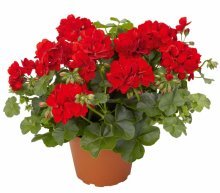
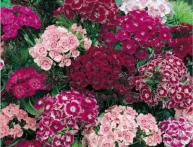

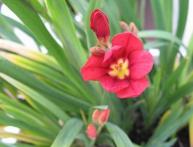
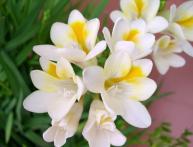
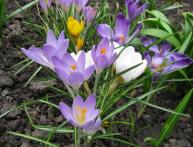
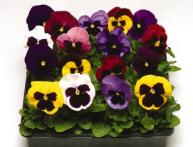

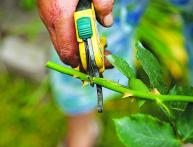
Comments
I love geraniums. Although many people don’t like it because of the smell, but I like it. Now there are so many colors, just choose the one you like. But lately my flowers have begun to disappear. It’s not clear why, I transplanted them into the garden in the fresh air. And they dried up...